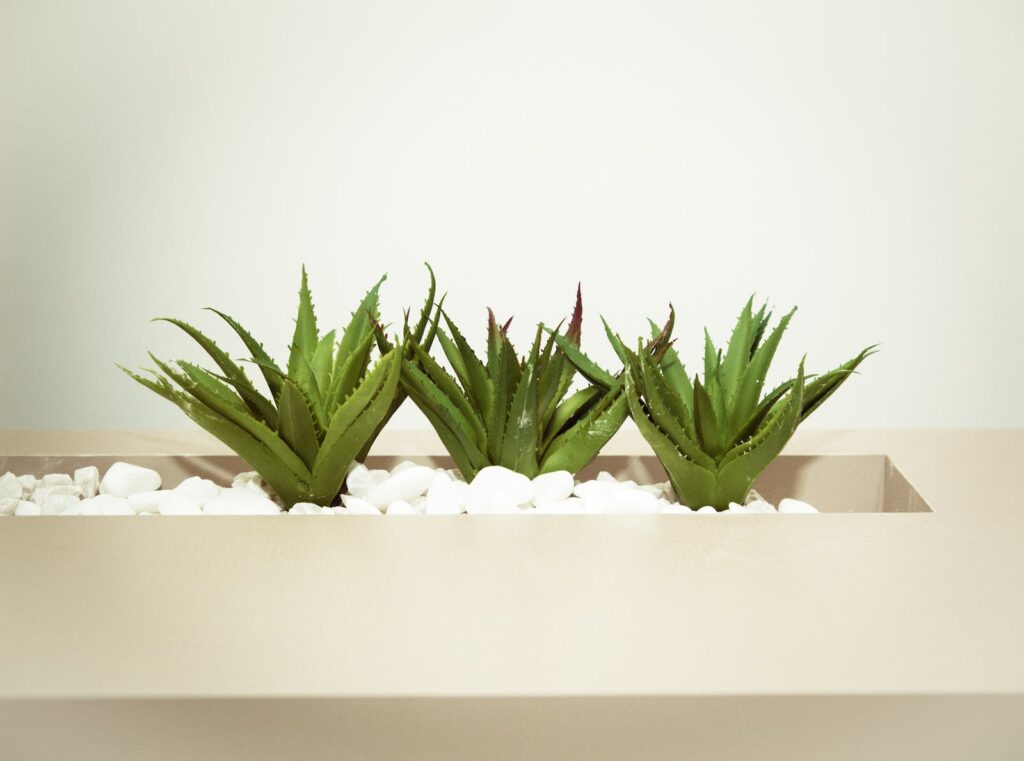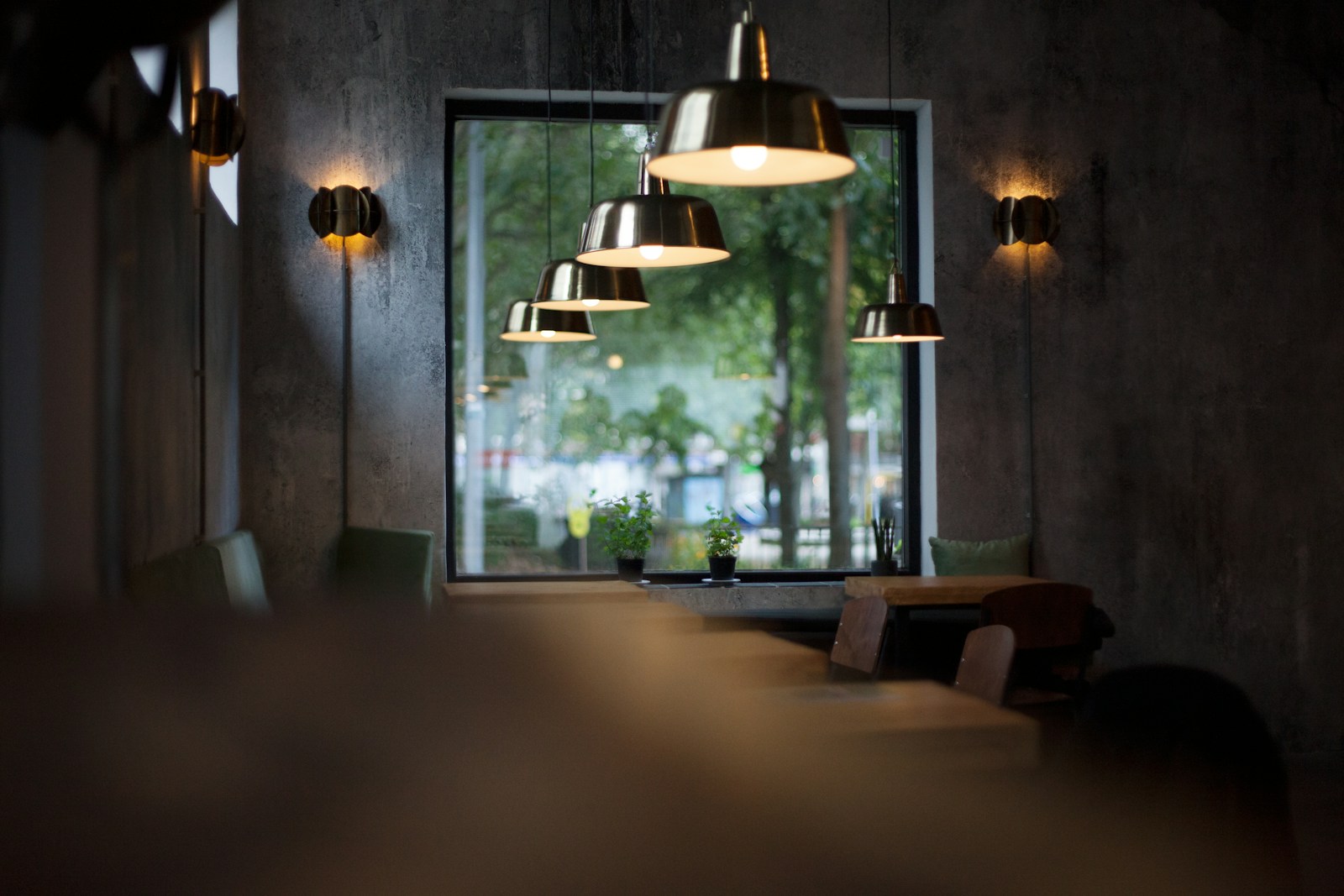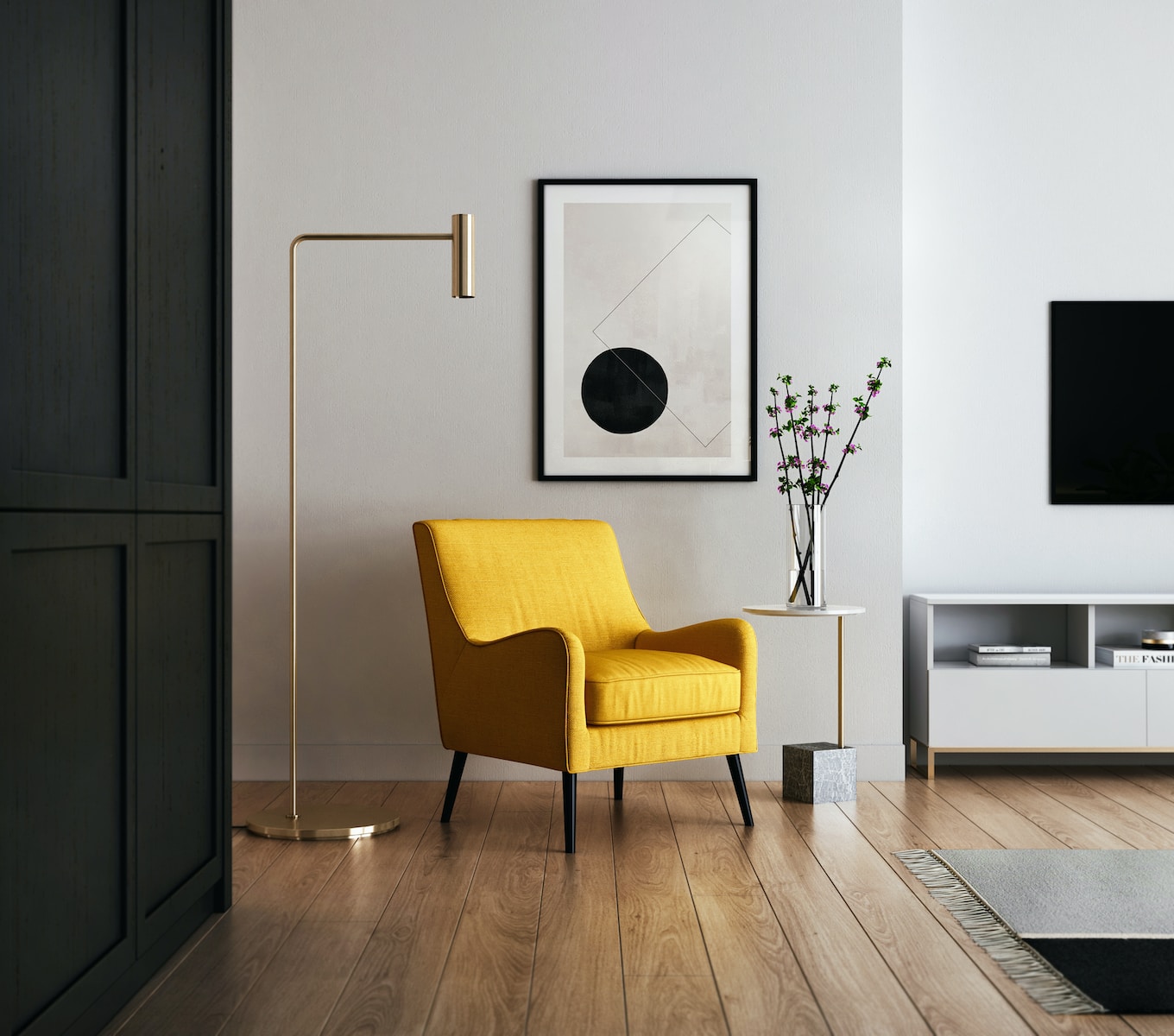In the fast-paced, concrete jungle of modern living, the importance of reconnecting with nature is gaining recognition. One simple yet effective way to achieve this is by incorporating indoor plants and greenery into our living spaces. Beyond their aesthetic appeal, indoor plants offer a myriad of benefits for our physical and mental well-being. In this comprehensive guide, we will explore the various advantages of having indoor plants, discuss different types suitable for various spaces, and provide essential tips for their care.
Benefits of Indoor Plants: More Than Just Decor
- Improved Air Quality
One of the primary benefits of indoor plants is their ability to enhance air quality. Through a process called photosynthesis, plants absorb carbon dioxide and release oxygen, contributing to a healthier indoor environment. Additionally, certain plants, such as the spider plant and peace lily, have been shown to remove common indoor pollutants like benzene and formaldehyde.
- Stress Reduction and Mental Health
Studies have demonstrated that the presence of indoor plants can reduce stress and promote a sense of well-being. The sight of greenery has a calming effect, and caring for plants can serve as a therapeutic activity. Having plants in indoor spaces has also been linked to increased productivity and creativity.
- Humidity Regulation
Indoor plants can help regulate humidity levels by releasing moisture through a process known as transpiration. This is particularly beneficial in dry indoor environments or during the winter months when heating systems can make the air excessively dry.
- Boosted Productivity and Concentration
The introduction of indoor plants to workspaces has been associated with improved productivity and concentration. The greenery not only provides visual stimulation but also helps create a more pleasant and inviting atmosphere, making workspaces more conducive to focus and creativity.
- Natural Aromatherapy
Many indoor plants release pleasant scents that can act as natural air fresheners. Plants like lavender, eucalyptus, and jasmine not only add a delightful fragrance to your space but also contribute to a more relaxing and enjoyable ambience.
Choosing the Right Indoor Plants for Different Spaces
- Low-Light Environments
Not all indoor spaces receive ample natural light, but that doesn’t mean you can’t enjoy the benefits of indoor plants. Several plants thrive in low-light conditions, making them suitable for areas with minimal sunlight. Examples include:

Snake Plant (Sansevieria): Known for its resilience and air-purifying qualities, the snake plant can tolerate low light and irregular watering.
ZZ Plant (Zamioculcas zamiifolia): With glossy, dark green leaves, the ZZ plant is well-suited for low-light environments and is easy to care for.


Peace Lily (Spathiphyllum): This elegant plant thrives in low light and is effective in removing indoor pollutants.
- Bright, Indirect Light Spaces
For areas with bright, indirect light, where sunlight doesn’t directly hit the plants, a diverse range of options is available:
Spider Plant (Chlorophytum comosum): Adaptable and easy to grow, the spider plant is an excellent choice for hanging baskets or elevated surfaces.


Philodendron: With heart-shaped leaves, philodendrons come in various species and are well-suited for bright, indirect light conditions.
Pothos (Epipremnum aureum): Known for its trailing vines, pothos is a low-maintenance plant that thrives in moderate to bright, indirect light.

- Sun-Loving Plants
If your space receives plenty of sunlight, consider incorporating sun-loving plants that thrive in direct sunlight:

Aloe Vera: Known for its healing properties, aloe vera prefers bright, indirect light but can tolerate some direct sunlight.
Succulents (e.g., Echeveria, Jade Plant): These hardy plants thrive in sunny conditions and have unique, captivating shapes.


Fiddle Leaf Fig (Ficus lyrata): With large, glossy leaves, the fiddle leaf fig is a popular choice for well-lit living spaces.
Tips for Indoor Plant Care: Nurturing Green Companions
- Light Requirements:
- Understand the light preferences of your plants and place them accordingly. Rotate them periodically to ensure all sides receive adequate light.
- Watering:
- Overwatering is a common issue. Allow the soil to dry out between watering sessions, and adjust the frequency based on the specific needs of each plant.
- Humidity:
- Increase humidity for tropical plants by misting them or placing a tray of water near them. Conversely, use a dehumidifier if your space is too humid.
- Choosing the Right Pot:
- Select pots with drainage holes to prevent waterlogging. This ensures that excess water can escape, preventing root rot.
- Soil Quality:
- Use well-draining soil tailored to the specific needs of your plants. Consider repotting as your plants grow to provide fresh nutrients.
- Regular Cleaning:
- Keep your plants clean by gently wiping the leaves with a damp cloth. This not only enhances their appearance but also allows them to breathe better.
- Monitoring Plant Health:
- Regularly inspect your plants for signs of pests or diseases. Early detection allows for prompt intervention and prevents issues from escalating.
Conclusion:
Bringing nature indoors through the incorporation of indoor plants and greenery is a transformative way to enhance our living spaces. Beyond their visual appeal, indoor plants offer an array of health benefits, from improved air quality to stress reduction. By understanding the diverse types of indoor plants suited for various environments and adopting proper care practices, individuals can create a harmonious and healthy indoor ecosystem. So, whether you’re a seasoned plant enthusiast or a beginner looking to introduce green companions to your space, the rewards of nurturing indoor plants are boundless. Embrace the beauty of nature within the confines of your home and experience the positive impact it can have on your well-being.




